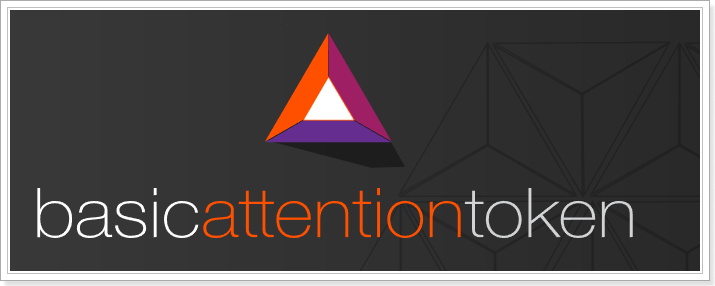We have all been there: you are watching an interesting video on YouTube and halfway through the video a random 15 second advertisement starts to play. This example is just one of many reasons why people install an ad-blocker. However, the creator of JavaScript and the co-founder of Mozilla have found a different way to deal with advertisements: if you do decide to watch advertisements, you will get paid in tokens called Basic Attention Tokens (BAT).
To earn BATs, you will need to use a browser called Brave. This is a browser that blocks wasteful advertisements and trackers, and as result it claims to be two times faster than Chrome on a desktop. Besides blocking advertisements and trackers, users will be given the choice to opt-in to see advertisements. These advertisements will be privately matched to the user’s interests and anonymously confirmed. What is important is the fact that the user remains anonymous to all parties. However, any advertising measurement will be limited to the active tab, so ads in a background tab won’t count toward a user’s BAT allocation
The three parties involved in the BAT system are the advertisers, the publishers and the users. Advertisers acquire tokens and then package the tokens with ads. This combination is locked until a user views the advertisement on a publisher’s website. At this point the token is unlocked and a small part of its value is stored in the user’s digital wallet and the rest is forwarded to the publisher whose website ran the ad. The tokens obtained by the users can be spent in various ways: users may donate the tokens to a website to support the selected site. Alternatively, users may keep half of the tokens for themselves and give half of the tokens to a website they support. Of course there’s also an option of keeping all the tokens to yourself. If you have chosen to opt-out of advertisements, you will obviously not see any advertisements on the Brave browser and you will not receive any tokens.
All in all, I think BATs can have a major impact on people’s privacy and the online advertisement industry and I personally would be open to use the Brave browser in which I can decide to opt-in or opt-out of (paid) advertisements. Basic Attention Tokens currently have a value of around $0.19 per token and it will be interesting to see how the price will develop in the future when more parties become aware of the Brave browser and BATS. Please be aware though that this blog post is intended for informational purposes only and is in no means an investing advice.
For more information, check out the website of BAT



